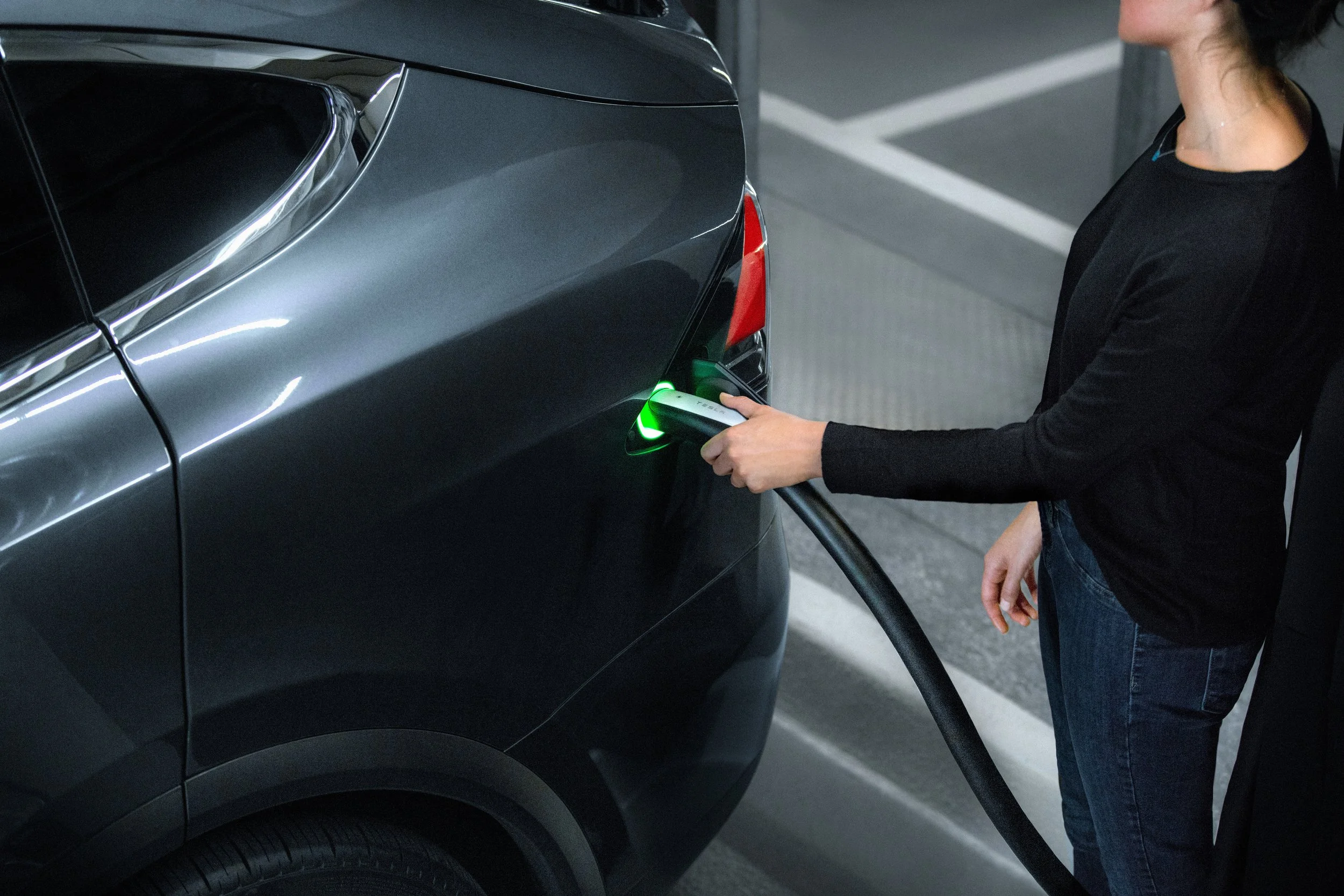OEMs Shouldn’t Let Pride Keep Them from Considering NACS
By Edward A. Sanchez — Nov. 15, 2022
My colleague here at The Watt Car Phil Royle wrote a post “A Disingenuous Offer – Tesla’s NACS is Not What it Seems,” in which he asserted that Tesla’s North American Charging Standard (NACS) is yet another attempt by company boss Elon Musk and Tesla to wreak havoc in the EV world, and sow chaos. I will grant that the timing of the announcement is interesting, on the eve of millions, if not billions in federal funding being made available for charging infrastructure buildout on the condition the network is available to more than one brand of EV.
It seems the unwritten hope that “opening up” the NACS standard for other OEMs to adopt will make Tesla eligible to receive those funds without having to add the clunky CCS1 adapter or second cord to all of its Supercharger stalls, or at least additions or new construction. To date, the only other OEM that has publicly made a commitment and shown strong interest in the Tesla standard is Aptera. Perhaps “OEM” is a bit of a generous term for the California startup known for its extraterrestrial-looking three-wheelers. But if we’re dealing in technicalities, Aptera is “more than one company.”
This is not the first time Tesla has dangled a carrot to the broader EV community. As you may remember, the company offered up the intellectual property on its Supercharger network in exchange for a “modest cut” of charging revenue. Surprisingly (or unsurprisingly, depending on your perspective) there were no takers. One of the supposed caveats of the deal was an agreement not to sue Tesla in perpetuity in exchange for use and compatibility with the network. The legal departments of the OEMs likely shut down any potential discussions before they even started.
I do not know the specific terms and conditions Tesla is attaching to NACS. If they’re the same or similar to the Supercharger terms, it will likely get a similarly cool reception. The standard needs to be truly “free” in terms of lack of legal or contractual encumbrances. In terms of monetary remuneration to Tesla, a modest licensing fee seems eminently fair, either pennies per vehicle, or a sunset date of 10 or 15 years, at which point it’s considered “public domain.”
Tesla’s NACS high-speed charging solution utilizes a plug closer to the size of J1772 than CCS.
Objectively, NACS is a much more elegant standard than CCS. The irony is that Tesla is a “core member” of CharIN. It should also be noted that all new Teslas sold in Europe after 2019 have a CCS2 receiver for their charge port, a concession to the European Union’s insistence on adoption of a universal EV charging standard. If, for whatever reason, CCS1 was mandated as the de facto North American standard, I’m sure Tesla would comply. But that seems like it would be a step backward to me. Tesla’s NACS standard by far sets the high bar in elegance of design and functionality, incorporating both AC and DC charging in a single, slim form factor.
While some may wonder why Tesla has a proprietary charging plug/port standard in the first place, it was simply a matter of timing. The Model S was starting to hit the road before the CCS1 standard was officially adopted and standardized. Could Tesla have preemptively adopted CCS1 in anticipation of it being a formalized standard? Sure. But J.B. Straubel, Musk, and others probably looked at it and said, “We can do better.” And they did.
I know it’s a tough pill to swallow for companies to adopt or concede to a standard that they didn’t have a direct hand in developing or influencing. And it’s no secret that there is no love lost between legacy OEMs and Tesla. The German premium brands of Mercedes-Benz (ironically, an early investor in Tesla) and BMW are being out-sold both in California, the single largest premium vehicle market in the U.S., as well as the U.S. as a whole, by only four core models, while both Mercedes and BMW have dozens of niche models and variants in their lineups. Both Ford and GM had publicly called out Tesla and boasted that they will out-sell the brand in just a few years. Well, Tesla is not a static target, and that goal is getting ever-harder to achieve by the day. Good luck to them.
NACS should certainly be examined, analyzed, and adopted on its own standalone merits, not because other companies have a personal axe to grind against Tesla or Elon Musk. I believe it would be a step in the right direction for universal adoption of it in the North American market. However, that development is far from a foregone conclusion, and frankly, it may be an uphill battle for NACS.
(Images courtesy Tesla)
- Store - Podcast - Facebook - Google News - Twitter -









